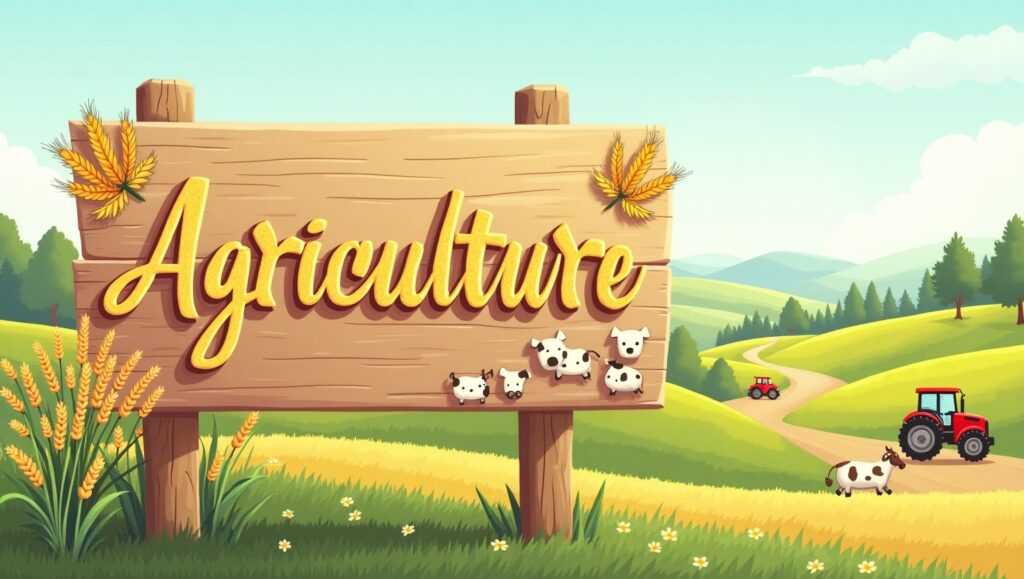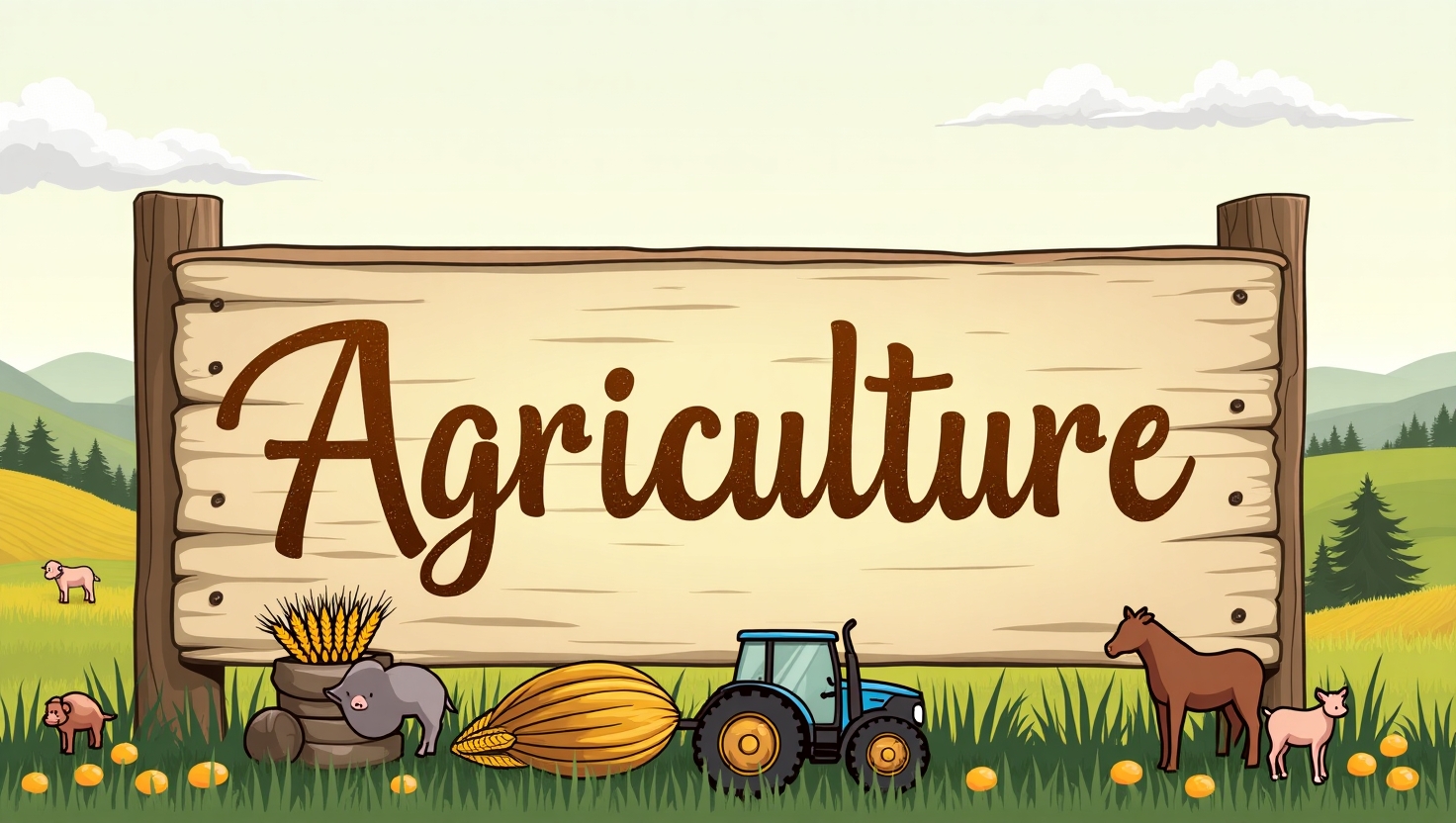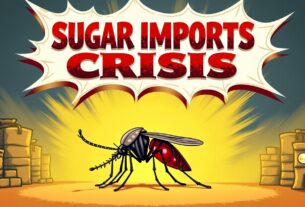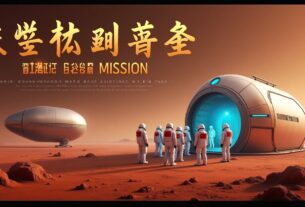People have long depended on farming to support their societies. In 2025, this industry is experiencing problems it has never seen before, but it is also welcoming new ideas that will change the way things are done. Climate change, population increase, and significant improvements in technology are changing what farming looks like in 2025, from the fields of rural Pakistan to the high-tech farms of the United States.
This article talks about the state of agriculture today, the biggest problems farmers are facing, and the future of food production in a world that is becoming more digital and sensitive to climate change.
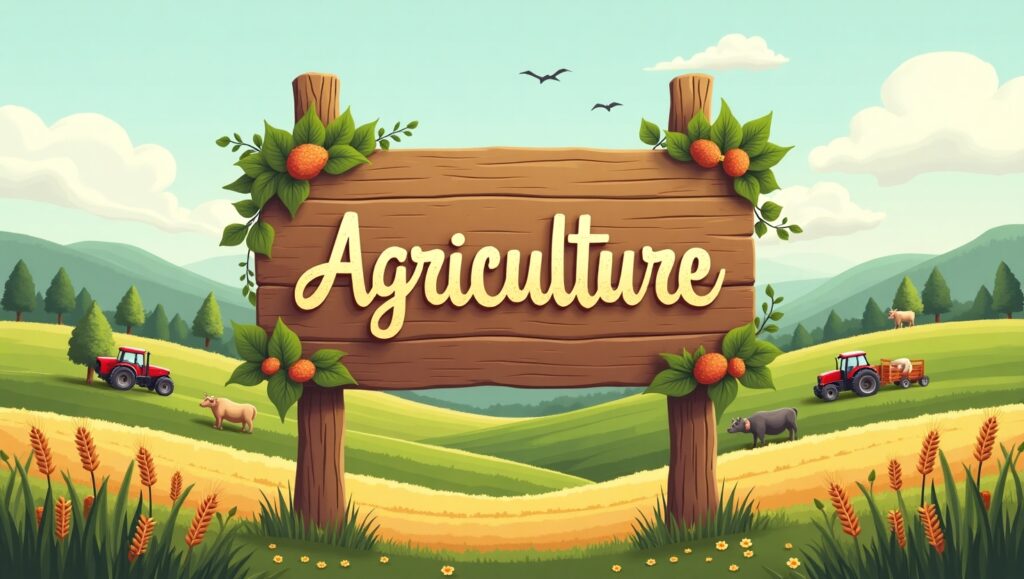
The Importance of Farming Today
More than 8 billion people throughout the world get their food from farming. It feeds people and gives work to around a quarter of the world’s workers, primarily in underdeveloped countries. Agriculture is still an important part of the economy in Pakistan, India, and sub-Saharan Africa.
But the need for food is growing quickly. The UN says that by 2050, the world’s population will have grown to 9.7 billion. This means that farmers will have to make more food with less resources, all while dealing with environmental and economic challenges.
🌍 Big Problems for Farming in 2025
- Changes in the Weather
Farmers all throughout the world are already seeing how climate change is affecting them: Weather that isn’t easy to anticipate Droughts and floods happen a lot. Heat waves that hurt crop output In some parts of South Asia, for instance, the production of wheat and rice has gone down because of high temperatures and a lack of water. A lot of smallholder farmers could lose all of their crops. - Lack of Water
Almost 70% of the world’s freshwater is used for farming. It’s no longer a choice to use effective irrigation; it’s a must. Freshwater is getting harder to find. Water shortages are threatening food security in places like Africa and the Middle East. - The soil is getting worse
Soil has been depleted because of too much usage of artificial fertilisers and farming methods that aren’t good for the environment. Land that used to be fertile is now barren, and ecosystems are being devastated. The FAO says that 33% of the world’s soil is in bad shape. - Costs of inputs are going up
Because of rising prices around the world and the continuous energy crisis, fertiliser, fuel, seeds, and machines have all gotten more expensive. Without help or subsidies from the government, small and medium-sized farmers are having a hard time making money. 💡 New ideas that are changing farming
Even though there are problems, farming is going through a digital change in 2025. Farmers are able to grow more with less because to new technologies and methods. This makes farming more accurate, efficient, and environmentally friendly. - Smart Farming and Agriculture with Precision
Farmers can now: Check on the health of your crops in real time Make the best use of water and fertiliser Be able to tell when the weather will change and when pests will show up. Farmers are able to make smart choices thanks to drones, soil sensors, and mobile apps. This is especially useful in places where there aren’t many extension services. - Farming in cities and on vertical farms
Tokyo, Dubai, and New York are all putting money into vertical farms, which are indoor farms that use hydroponics or aeroponics to grow food all year round. These farms don’t need any soil and only 10% of the water that regular farms do. This makes them great for cities and areas that are likely to have droughts. - Crops that have been genetically modified and can withstand climate change
Scientists are making new types of crops that can survive pests, diseases, and droughts. Genetically modified organisms (GMOs) and CRISPR technologies are helping to grow crops that give more food with less chemical use. - Farming that helps the land grow back
More and more farmers are focussing on restoring soil health through composting, crop rotation, and no-till methods. This not only makes things more productive, but it also stores carbon in the soil, which helps battle climate change. 🇵 A Case Study on Agriculture in Pakistan
Agriculture makes up around 20% of Pakistan’s GDP and employs about 40% of the country’s workers. Wheat, rice, cotton, and sugarcane are some of the most important crops. But the sector is up against: Lack of water due to melting glaciers Old irrigation systems Not being able to get updated tools and credit The government and NGOs are encouraging the following to increase productivity: Tube wells that run on solar electricity Mobile advisory services Seeds and fertilisers that are paid for by the government
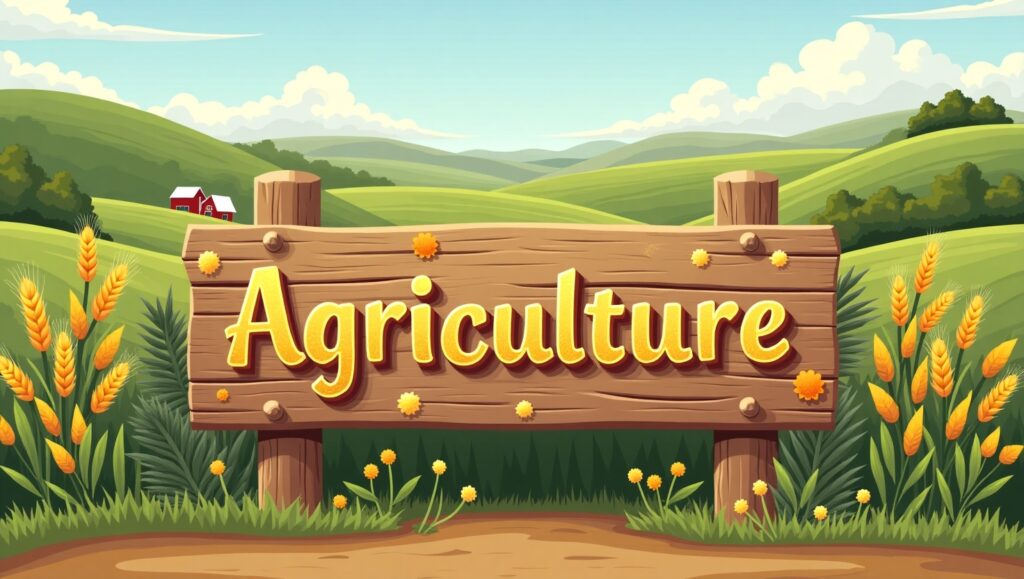
future of farming
In the future, farming has to become more: Sustainable: Taking care of the Earth while feeding its people Inclusive: Helping women and smallholder farmers in agriculture Tech-driven: Using technology to solve old problems Consumers are also doing their part by asking for food that is organic, local, and made in a way that is good for the environment. The world’s food system is altering so that it can not only survive but also do well in a world that is changing quickly. Conclusion
In 2025, farming is at a crossroads. There are significant pressures from climate change, a lack of resources, and a growing need. But there are also chances that come from new ideas, changing policies, and farmers being strong. With the correct help and clever farming methods, farming can keep feeding the globe and keeping the Earth safe for future generations
